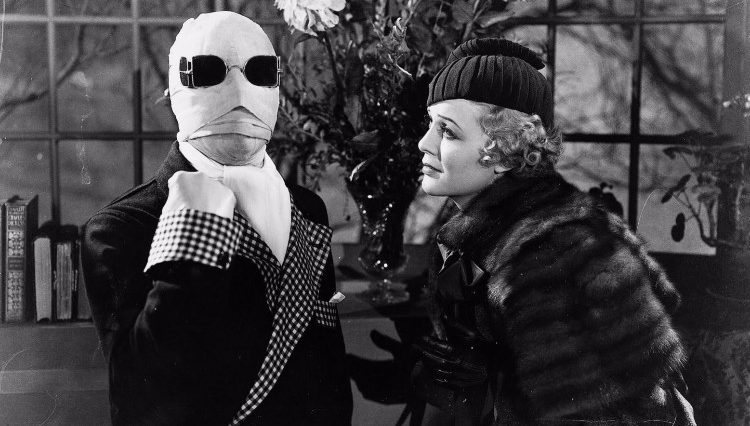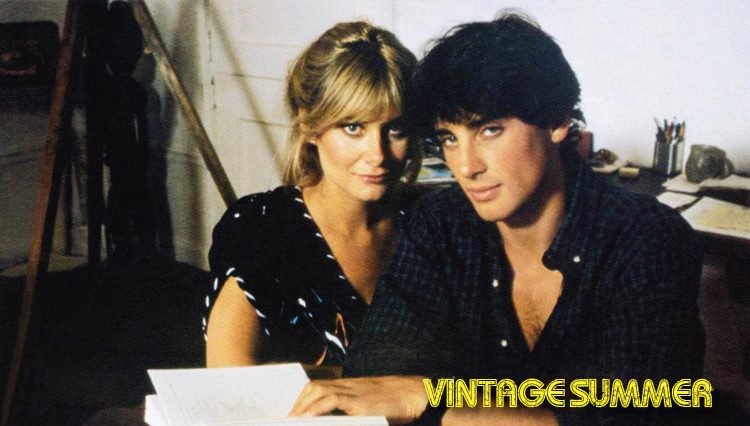
“I never will understand the medical mind.“
“Miri” may be one of the most perfect episodes of Star Trek ever produced. It’s an episode that doesn’t coddle, condescend, or cajole either the audience or the children involved in the story. There’s an element of reality to this science fiction fantasy that is missed in later Star Trek franchise products (at least until Deep Space Nine). The characters relate to each other in a way we’ve never seen before. An automated distress call leads the Enterprise to a “parallel Earth development” even down to identical land masses. They beam down with Janice and two security men and find a destroyed world. Production design gets high marks with a decent budget for location shooting. Kirk figures the population was wiped out save for children, and we’re only talking about a handful of children all slouching toward puberty. They befriend Miri (excellent Kim Darby) who gives them the lowdown on the last days of the g’rups (“grown-ups”) and how they went mad while dying from a disease they created.

It seems the adults of the planet were invested in life-prolongation and, as we know, when a scientist gets a great idea, everyone must die! The adult population was killed off, leaving only the children to fend for themselves, but the upshot is that when the kids reach puberty, they’ll begin to age rapidly and then die. Kirk and the landing party are infected with the disease, which gives them a ticking clock for McCoy to find a cure. Miri tells them they’ll become mean and then die. The surviving children decide to make the game a little more interesting by stealing the communicators for really no other reason than intense hatred of grown-ups. Children are always at odds with adults, I think, because adults see themselves as authority figures, and I don’t know that I agree with Kirk’s supposition that children need adults to provide them with guidance. I subscribe more to Wittgenstein’s idea that children are merely the embodiment of anarchy and destruction that craves no guidance or rule of law, and these kids are a prime example.

The reason all of this works is because Adrian Spies (who knew nothing of Star Trek, didn’t know how to write for Star Trek) sets up a contained drama that envelopes the landing party. He treats the children with respect, speaks in their language, invents language, and gives Kirk a difficult task of trying to communicate with them. Once the disease begins to work on the landing party, the defenses come down. Each character is given a spotlight and permitted to shine. Janice is humiliated by the effects of the disease on her mind and body. Kirk admits he is frightened. Spock, while visibly concerned, betrays no emotional conceit, and McCoy is revealed to be the episode’s hero by show’s end. The production design of the episode is staggering with dressed locations and realistic-looking carnage. Body horror aside, the disease works as an analogy for the fear children can manifest as they enter puberty. There are some wonderfully creepy moments scattered throughout, but the one image that stays with me is a slow zoom to the face of a little girl watching Kirk being beaten nearly to death. “Miri” stays with you.
Twice a week, Star Trek Rewind explores the Star Trek universe. From Archer to Janeway, Kirk to Picard, and Georgiou to Sisko — boldly read what no one has read before!
For more insane Star Trek babble, check out my podcast (with co-host David B. Anderson), Ship to Ship: A Star Trek Podcast.



